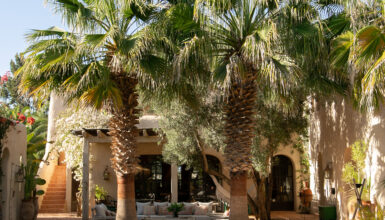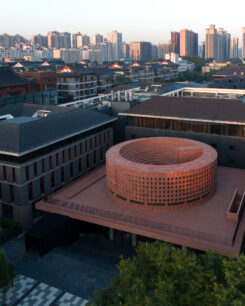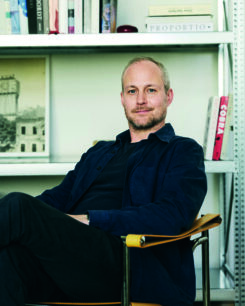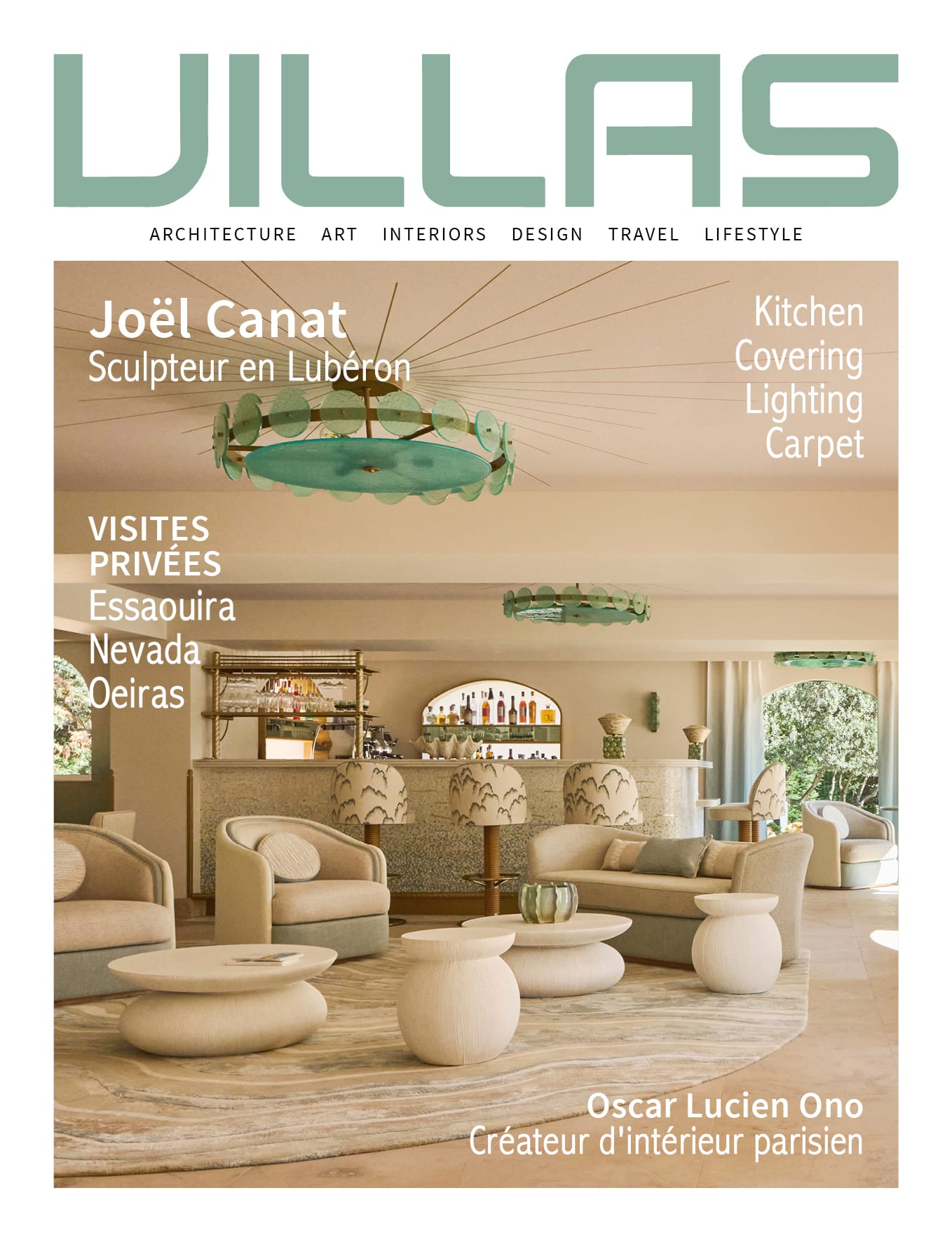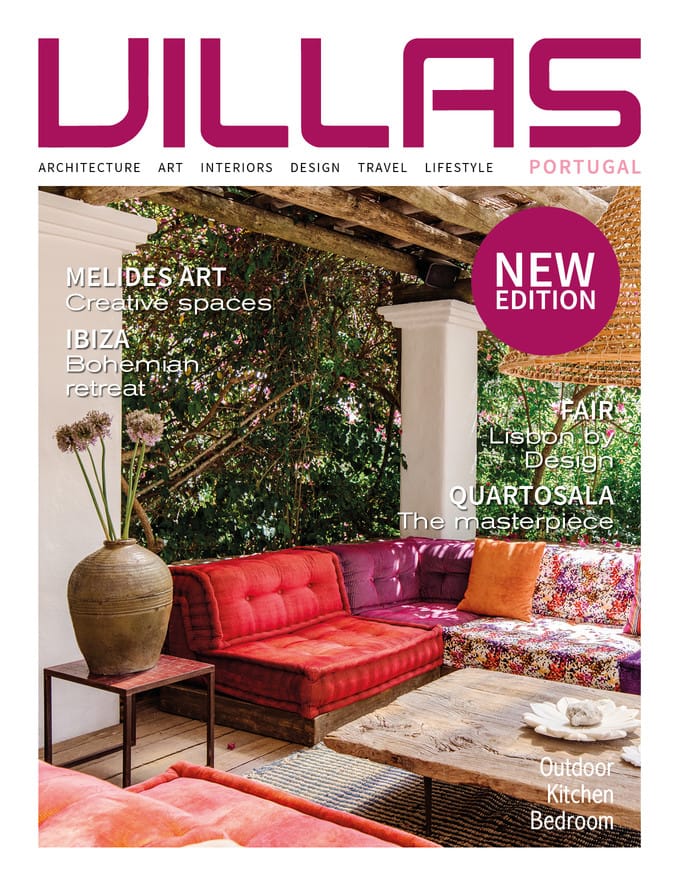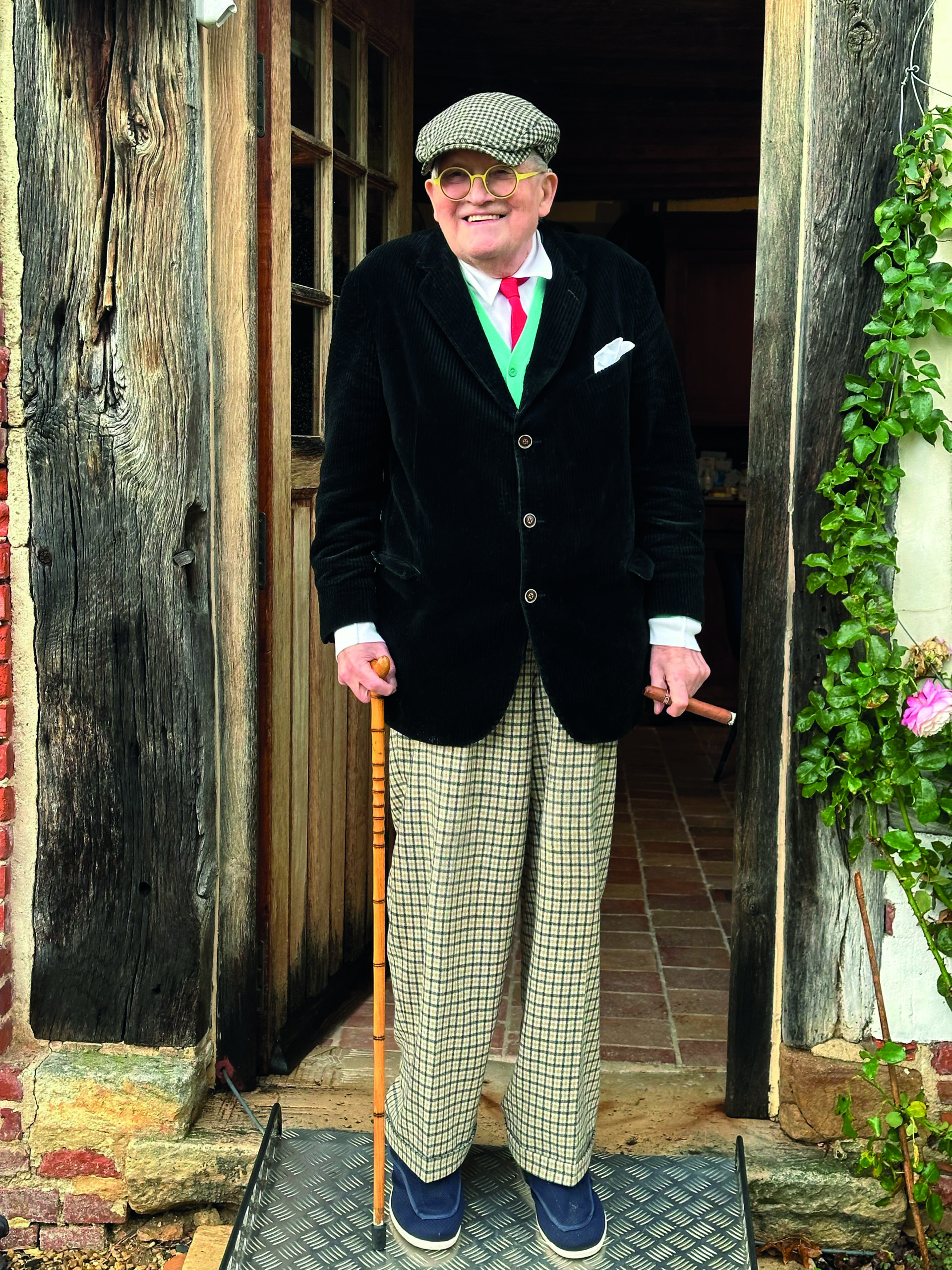
The preamble presents his work from the 1950s to 2000. Visitors are then invited to discover twenty-five years of creation, but even more than that: new works ranging from a steady stroke to an academic line, from charcoal, pencil or ink to something resembling primitive gestures and finger drawings. This vibrancy, combined with his mastery of the pictorial gesture, is a constant feature of his work. Springtime, which is particularly dear to him, and all the seasons, which mark the cycles of nature, are celebrated as a source of constant enthusiasm.
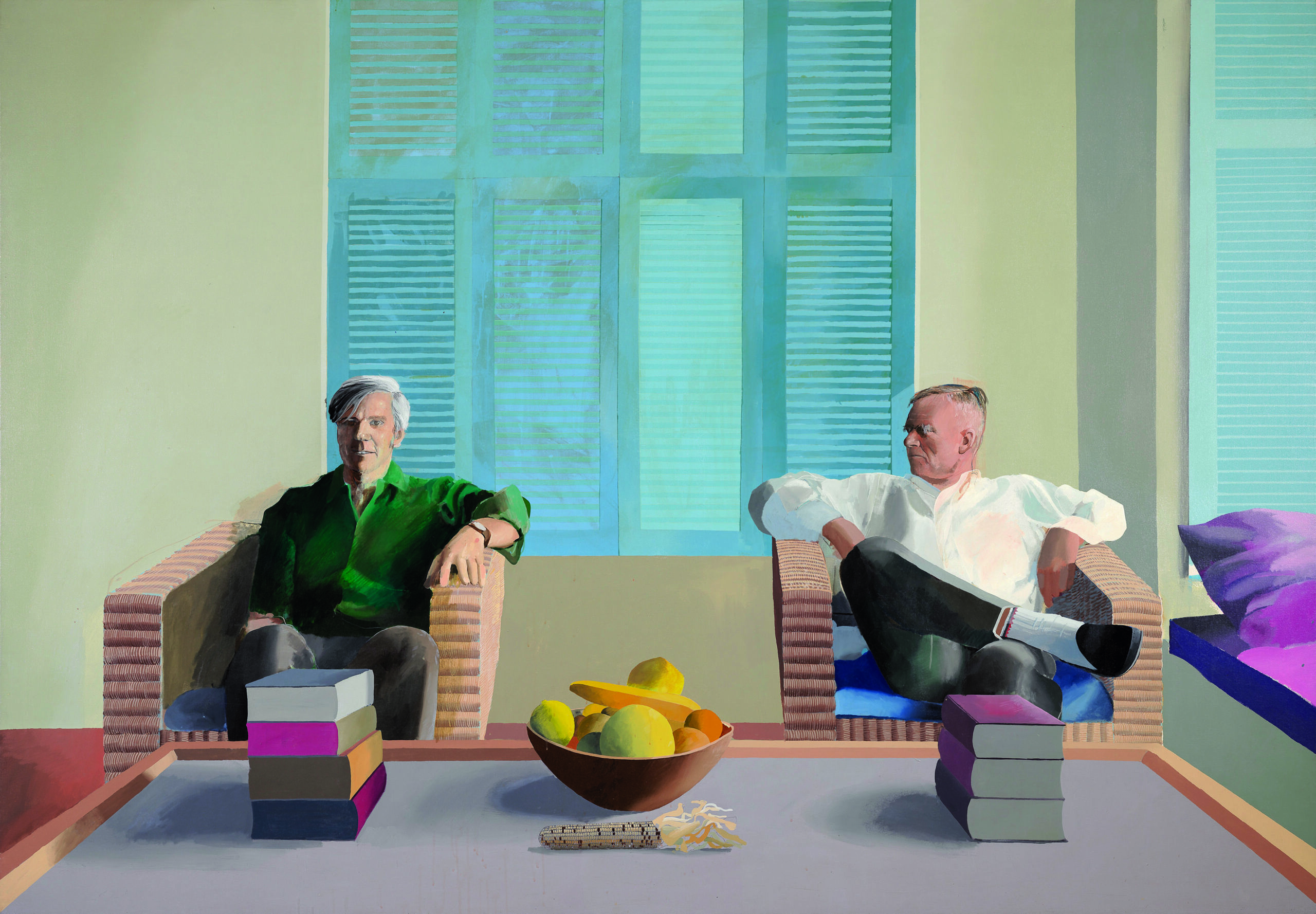
David Hockney memorises, records and questions what he sees in front of him. Capturing a fleeting image in real time, with paint or watercolours, is virtually impossible. Among his many obsessions are swimming pools and portraiture. In other words, he believes that, by being as sincere as possible in his use of the technique, every ordinary moment has the potential to become immortal, just as it did for the great masters. His early success allowed him to travel extensively and to nourish his thirst for art by absorbing cultures from around the world. The United States first drew him to New York, then to Los Angeles, where he settled in the late 1960s. It did not take him long to become the iconic figurative artist of this balmy city with its countless swimming pools. His celebrated works, such as Bigger Splash, his depictions of American landscapes and his nods to the spirit of free, tolerant and pleasure-seeking California, pay a fitting tribute to this period.
“Do remember, they can’t cancel the Spring.” — D. H.
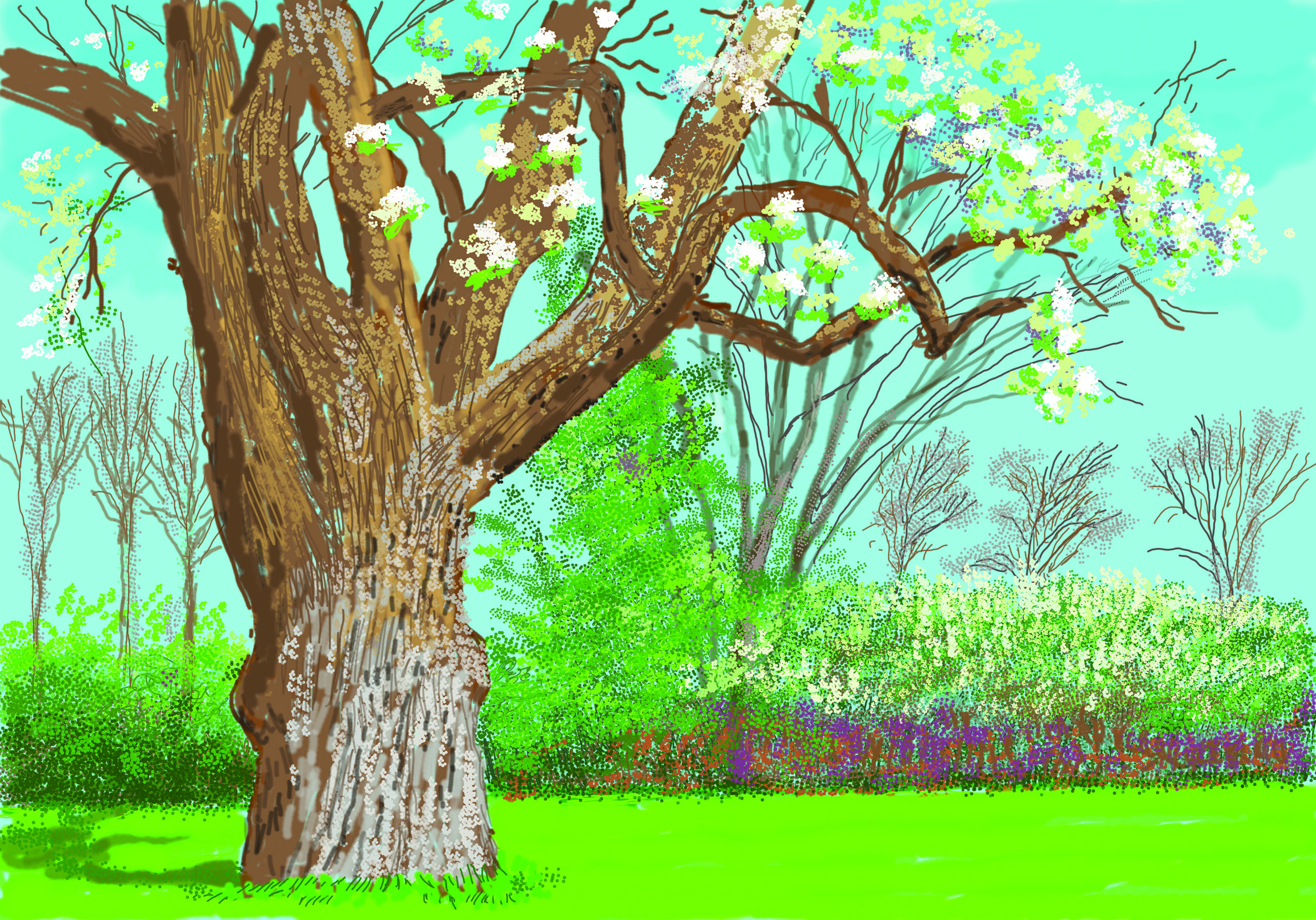
As we enter the second quarter of the 21st century, the despondency around us is palpable. However, living life to the fullest, when you are fortunate enough to see through the darkness, means embracing the constant changes taking place around us. His talent for capturing the essence of everyday life appeals to a wide audience. Even as a child growing up in Bradford, in the north of England, just after the Second World War, the world held a strong fascination for the budding artist. He resolved to abide by a single guiding principle: to follow his heart, probably one of life’s noblest ambitions. As we look through his eyes, he reveals to us a universe, his own, but one that gradually becomes ours. This is what makes him a major witness of our age and an artistic reference point. In his work, reality is always transformed and shaped to suit the chosen medium. Since the first prehistoric frescoes, humanity has strived to represent its environment with the tools available. Whether a hand covered in pigments projected onto a wall, a novel or a photograph, all bear witness to the same desire to express the world. This quest is possible only by faithfully observing the visible. Some of the regions he lived in lacked climatic diversity. He therefore headed to Normandy, then to Yorkshire, where the light offers a new palette of colours every day. The proposed exhibition visit thus leads to its very heart, which opens with an ode to this inspiring region.
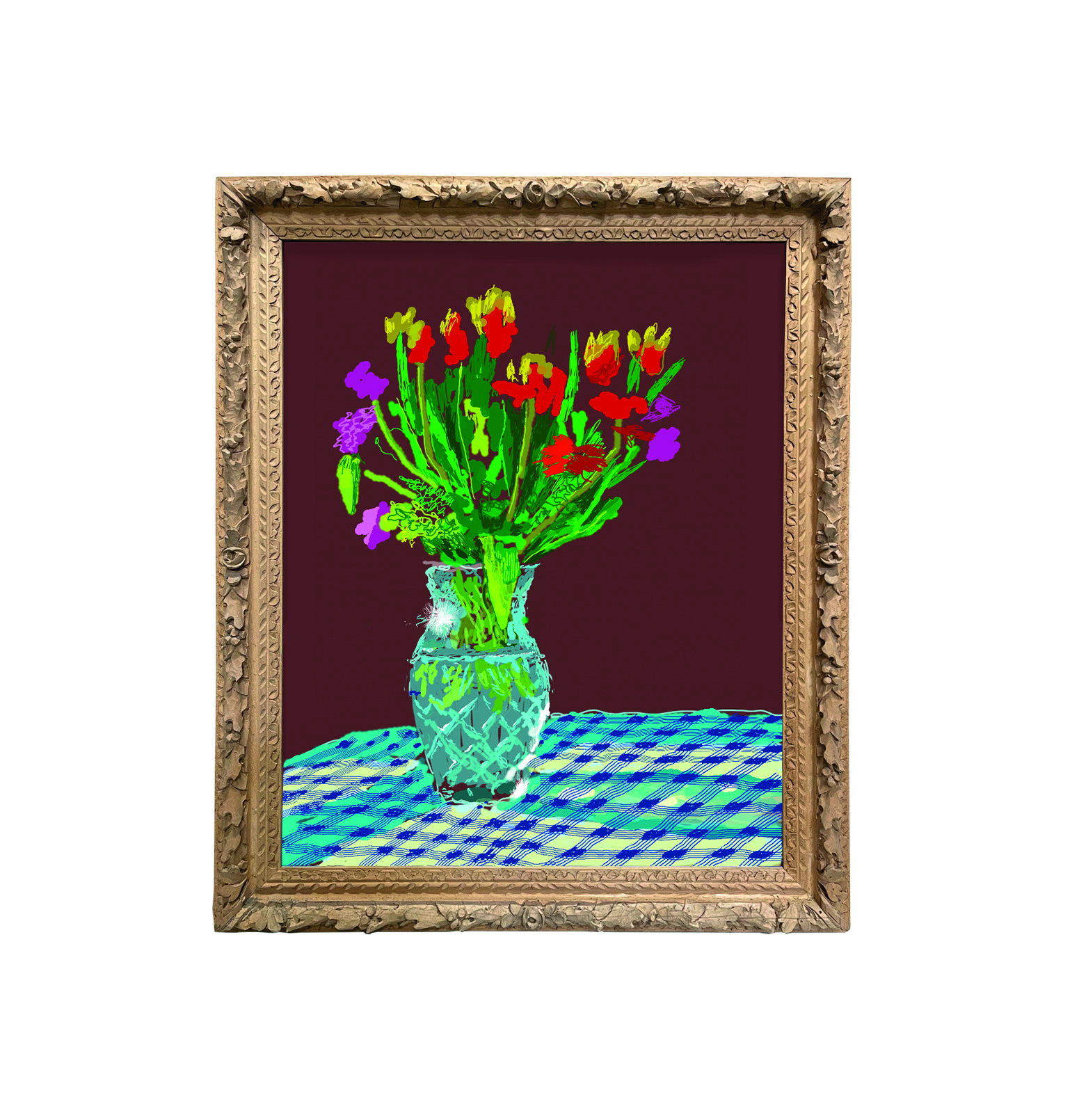
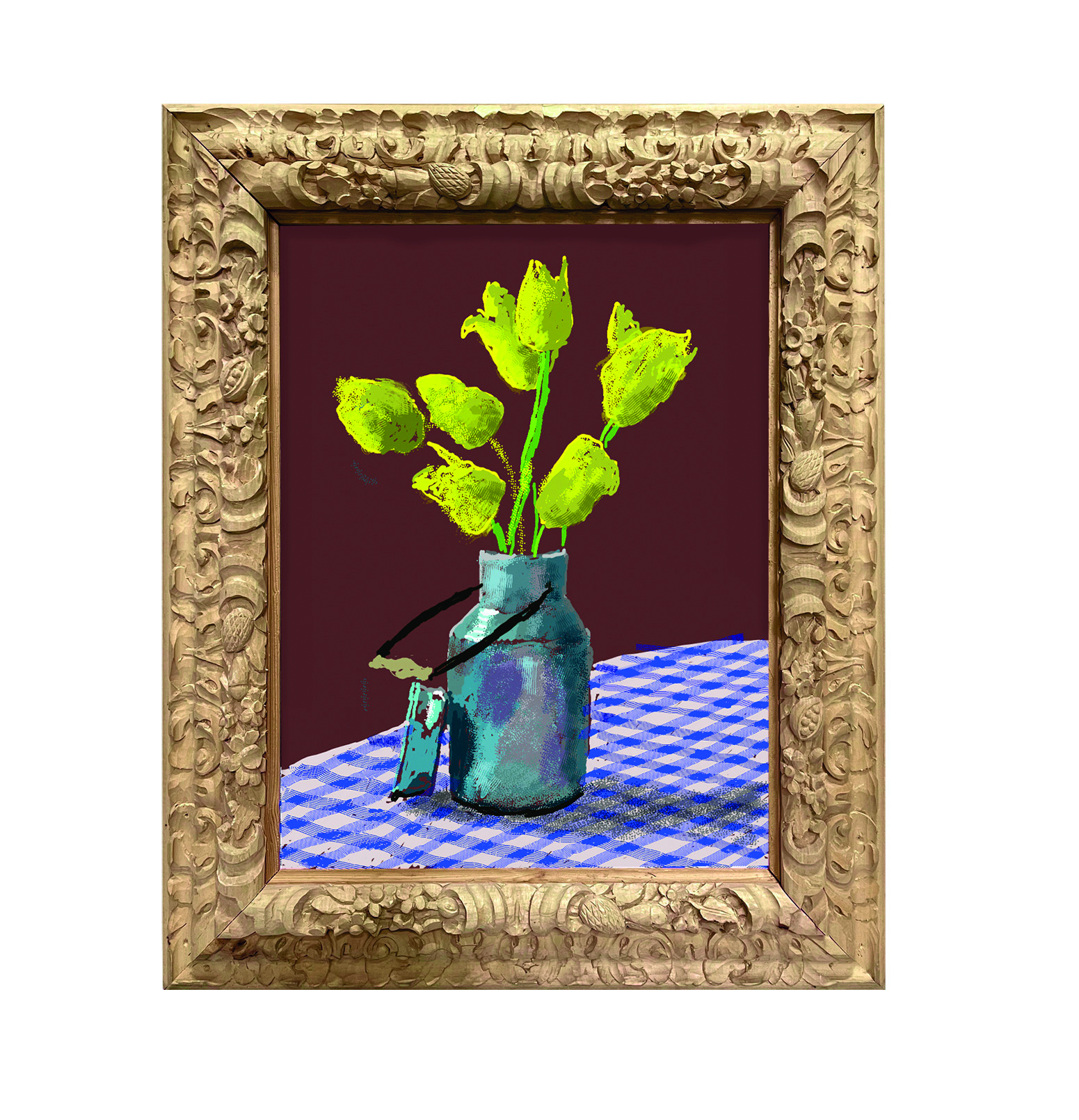
After meeting with runaway success in Los Angeles, he returned more frequently to England and devoted himself to landscape painting, by the same stroke reinventing the genre and its techniques. ‘Nature is eternal infinity, which is why I went to Yorkshire.’ The artist set out to represent the dazzling splendour of springtime. Although his landscapes are tinged with a certain melancholy when compared to the bright Californian sunshine of some of his works, they reveal his unique ability to capture the springing forth of life, even to rekindle it, as he does with dead tree trunks, through the illusion of invigorating sap and powerful contrasting colours. This is his bid to perpetuate the present. Hockney has a tremendous talent for transcribing what he sees and inventing the appropriate artistic solution. He was quick to embrace the possibilities offered by the iPhone and then the iPad, developing software that allows him to work on lines, colours and shapes in an optimal way and to progress as quickly as he wishes. The exhibition conveys to us his view of the world, past and present. We find ourselves at the centre of it, as if the notion of time had been erased. Art, whose secrets he patiently seeks to unravel and which he practises like no other, is the lesson of a lifetime devoted to creation, to music as well as painting.
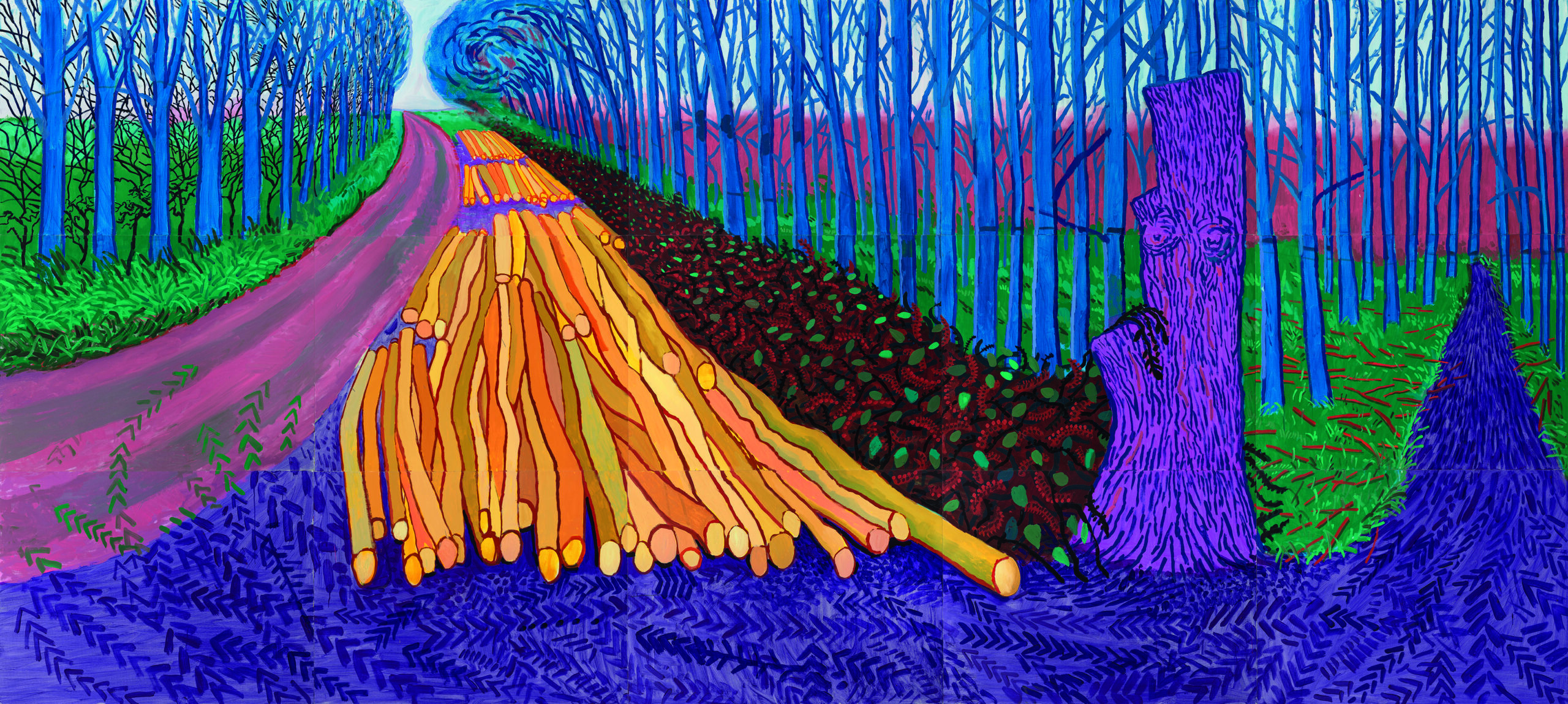
Unlike the West Coast of the United States, famous for its constant sunshine, Yorkshire is a place where rain and sunshine alternate. It may be less spectacular, but it is just as fascinating for someone who loves to contemplate the world around them every day. These changing weather conditions pose practical challenges, forcing him to find technical solutions to seemingly simple problems, drawing on the solutions of the digital age. Now looking to the future rather than the past, he is paving the way for future generations. He shows students and young audiences alike how art can be born from a walk, a thrill, or a field crossed in the early morning. The secret is to live life to the fullest — and not always to perfection. Painter, draughtsman, engraver, art historian, teacher, David Hockney is all of these things and undoubtedly much more besides.
